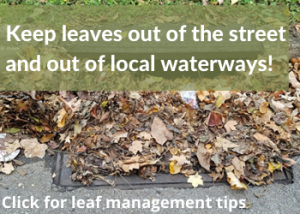Ecological Principles and Guidelines for Managing the Use of Land
The five ecological principles deal with time, species, place, disturbance ,and the landscape. These principles dictate several guidelines for land use. These guidelines suggest that land managers should examine impacts of local decisions in a regional context, plan for long-term change and unexpected events, preserve rare landscape elements and associated… Continue reading




